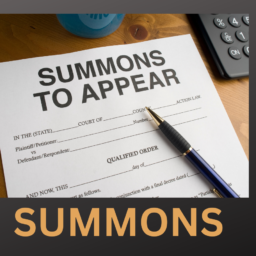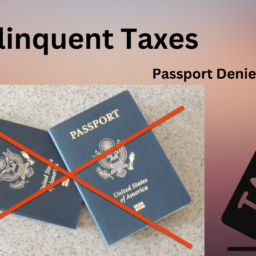When filing a joint return, each spouse is on the hook for the full amount of the tax, penalties, and interest arising out of their joint return regardless of the amount of their separate taxable income. There is one penalty that is carved out of the joint and several liability rule and that’s the civil fraud penalty.
Unlike the failure to file, failure to pay, or accuracy related penalty, civil fraud requires the IRS proves by clear and convincing evidence, not 100% sure, beyond a reasonable doubt, but pretty, pretty sure, that each taxpayer had intended to evade taxes that he or she knows are due and owing. If successful, civil fraud will add 75% to any amounts owed to the IRS as a result of the tax deficiency.
When a joint return is filed, the civil fraud penalty applies only to the spouse responsible for the underpayment (or portion thereof) attributable to fraud. The IRS must show that each taxpayer acted with specific intent to evade tax that the taxpayer knew or believed he or she owed by conduct intended to conceal, mislead or otherwise prevent the collection of the tax. Fraud is never presumed and is a factual question to be decided based on the entire record. For each tax year, it must be established by independent evidence. In the case of a joint return, intent must be established for each spouse separately. Therefore, the fraud of one spouse cannot be used to impute fraud by the other spouse.
Most of the time, fraud is proven circumstantially. Courts have developed several indicia also known as badges of fraud. These badges of fraud, include the following:
(1) understatement of income (e.g., omissions of specific items or entire sources of income);
(2) failure to report substantial amounts of income received;
(3) accounting irregularities (e.g., two sets of books, false entries on documents);
(4) acts of the taxpayer evidencing an intent to evade tax (e.g., false statements, destruction of records, transfer of assets);
(5) a consistent pattern over several years of underreporting taxable income;
(6) implausible or inconsistent explanations of behavior,
(7) failure to cooperate with the examiner;
(8) concealment of assets;
(9) fictitious or improper deductions (e.g., overstatement of deductions, personal items deducted as business expenses).
A taxpayer’s intelligence, education and sophistication are relevant in determining fraudulent intent. Although no single factor is necessarily sufficient to establish fraud, a combination of several of these factors may be persuasive evidence of fraud.
The Law Offices of Todd S. Unger, Esq. is a boutique law firm devoted exclusively to resolving tax controversies. If you’ve been the target of a government investigation and need defense against the accusation of tax fraud, then contact us immediately.
[button title=”Contact Us” link=”https://www.irsproblemsolve.com/contact/” description=”” width=”200px” bgcolor=”#8C0000″ color=”#FFFFFF” picture=”” height=”40px” version=”dark” position=”center” id=”cta_button”]







